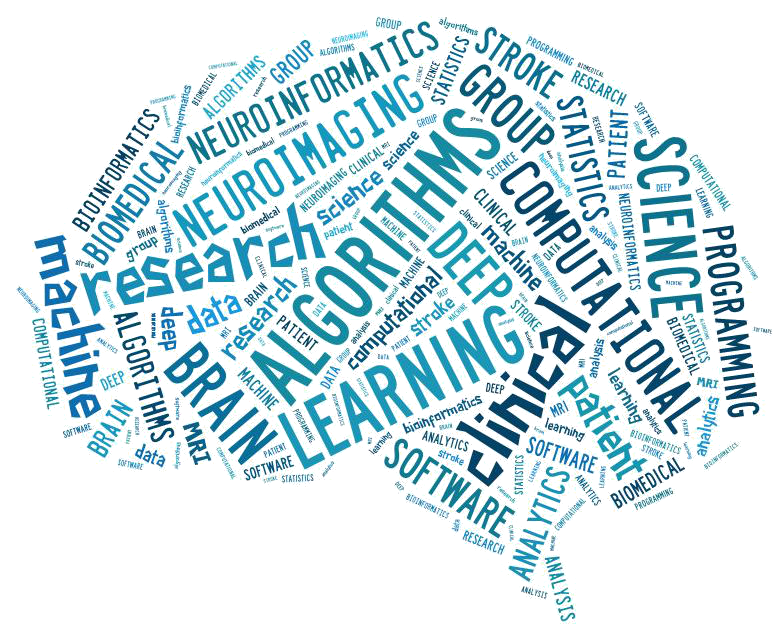In the MRWITNESS study, led by investigators from the CCNI laboratory, we showed that patients with unwitnessed acute ischemic strokes may be safely treated with a "clot busting" drug, alteplase. Under current guidelines, treatment with intraveous alteplase is approved up to 4.5 hours from when the patient was last known to be well. Approximately 25% of ischemic stroke patients have stroke onsets that are unwitnessed. Our trial used an MR witness to identify patients who might be able to be treated safely with alteplase...
Read more about MRI can expand treatment options for patients with unwitnessed stroke onset









